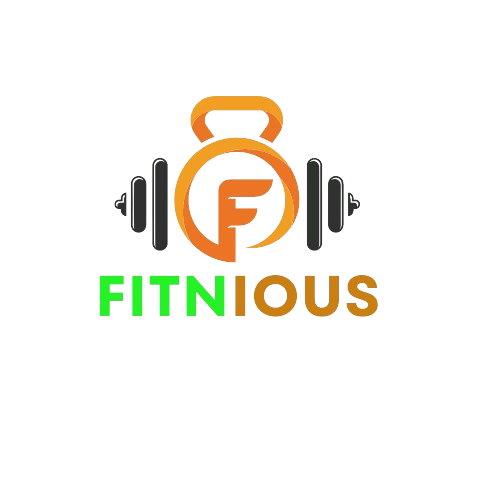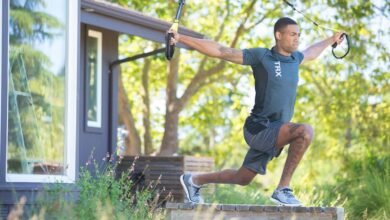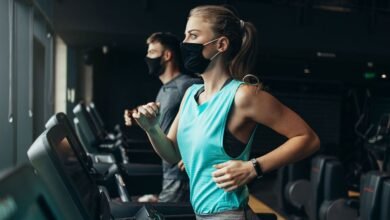Hey there, fitness lovers! Are you geared up to dive into the nitty-gritty of power instruction? Whether you’re a beginner or a pro-health club-goer, facts on the anatomy inside the back of your workouts can take your profits to the subsequent degree. This guide will help you master the essentials of Strength Training Anatomy, ensuring you realize precisely what muscle tissue you’re running and a way to target them successfully. Let’s get commenced.
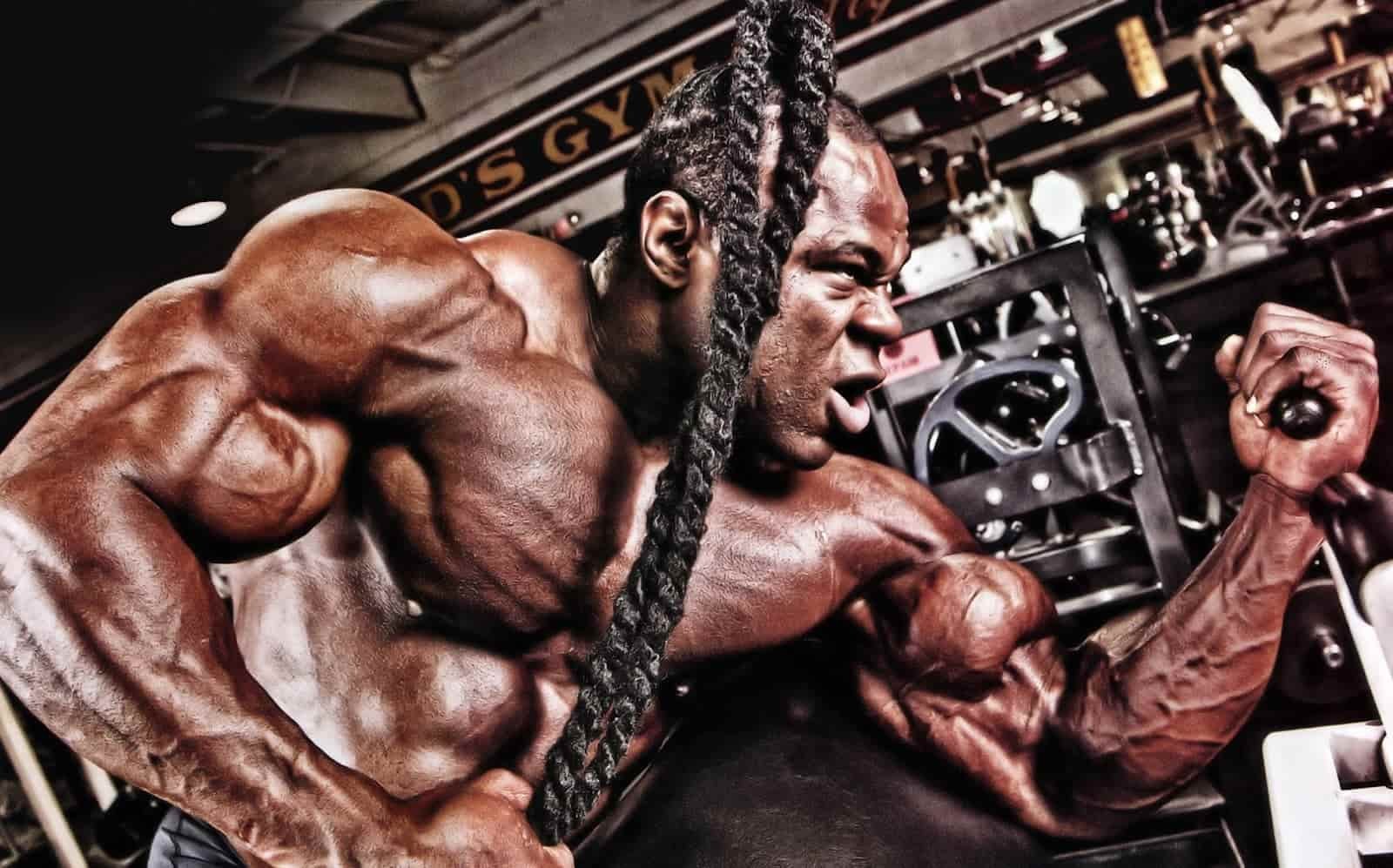
Understanding Strength Training Anatomy
Strength Training Anatomy is all about knowing the muscle mass related to your physical activities. It’s not just about lifting weights; it’s about knowing the mechanics of your frame and how each movement impacts one-of-a-kind muscle organizations. This understanding can improve your workout efficiency and help save you from accidents.
Importance of Knowing Your Anatomy
Why must you care about anatomy? Knowing which muscular tissues you focus on lets you maximize your workout routines. It allows you to carry out sporting activities with higher shape and cognizance, ensuring you hit the proper muscle tissues and no longer waste your efforts. Plus, it could make your gym classes more thrilling and attractive.
Key Muscle Groups in Strength Training Anatomy
Upper Body Muscles
Chest
Your chest muscle groups, specifically the pectoralis foremost and minor, are essential for pushing moves. In the United States, wields like bench presses are awesome for building chest Strength Training Anatomy.
Back
Again, your muscle tissues encompass the latissimus dorsi, trapezius, and rhomboids. These muscular tissues are essential for pulling actions. Pull-ups, rows, and deadlifts are critical exercises for a robust again.
Lower Body Muscles
Quads
The quadriceps at the show of your thighs are critical for knee stretching and hip flexion. Squats and lunges are ideal for drawing muscle tissue.
Hamstrings
The hamstrings are seen inside the back of your thighs and are responsible for knee flexion and hip stretching. Deadlifts and leg curls are super for Strength Training Anatomy this business enterprise.
Glutes
Your glutes embody the gluteus maximus, medius, and minimus. These muscle masses are essential for hip motion and stabilization. Squats, lunges, and glute bridges efficiently target your glutes.
Core Muscles
Abs
The rectus abdominis, or “six-percent” muscle groups, are essential for trunk flexion. Crunches, sit-ups, and leg increases are popular sports to work those muscle tissues.
Obliques
The obliques run alongside the perimeters of your stomach and are vital for rotational moves. Exercises like Russian twists and side planks let you construct strong obliques.
Lower Back
The erector spinal muscle mass aids your backbone and is crucial for a returned extension. Deadlifts and lower back extensions are the first rates for strength training anatomy, which is your lower return.
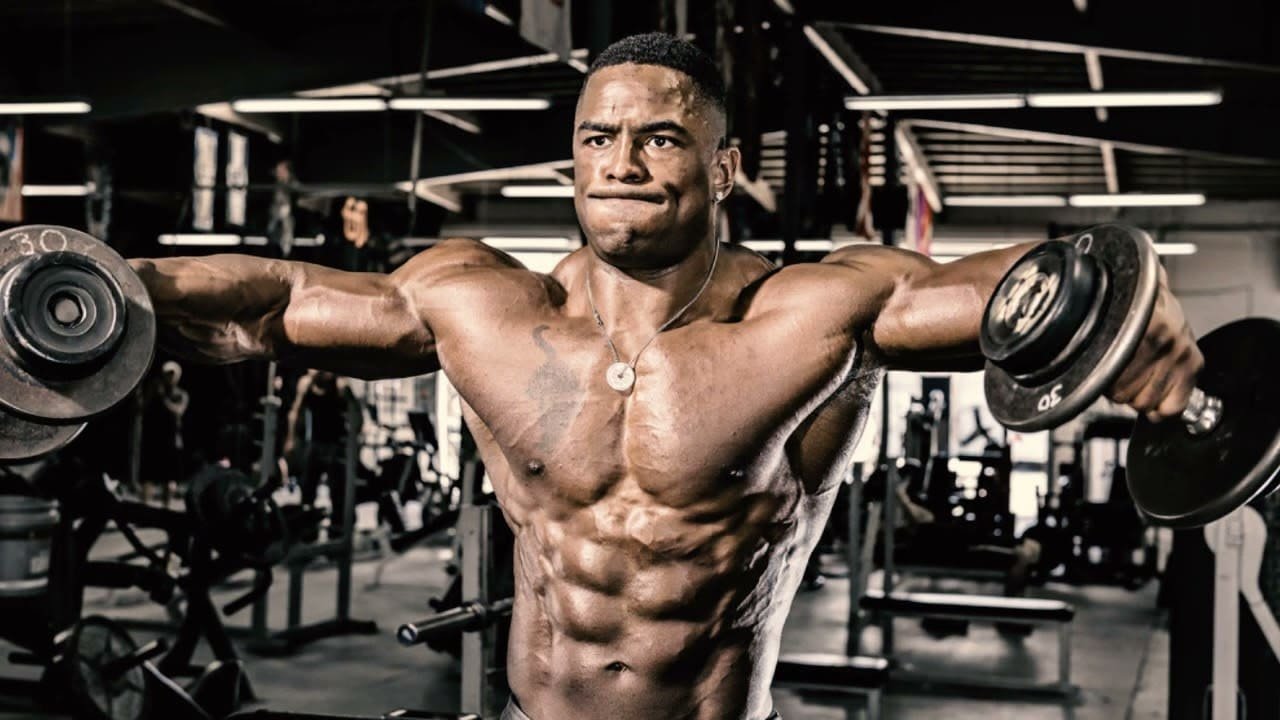
How to Target Each Muscle Group
Upper Body Exercises
Bench Press
The bench press is a classic workout for constructing chest strength. Lie on a bench, preserve the barbell with a wide grip, lower it to your chest, and press it again up. Remember to keep your toes flat on the ground and again slightly arched for the correct shape.
Shoulder Press
Sit or stand with a barbell or dumbbell at the shoulder peak for the press. Press the weight overhead until your arms are fully extended, then decrease the backpedal. This exercise goals all three components of your deltoids.
Pull-Ups
Pull-united states are perfect for your back muscle tissues. Grab the bar with an overhand grip, maintain it with your arms thoroughly extended, and pull yourself up until your chin is above the bar. Lower yourself slowly to maximize muscle engagement.
Lower Body Exercises
Squats
Squats are needed to lower frame power. Stand with your feet shoulder-width apart, lower your body by bending your knees and hips, then thrust back up to the beginning position. Keep your chest up and your knees regular with your feet.
Deadlifts
Deadlifts goal your complete posterior chain. Stand along with your toes hip-width aside, grip the barbell, and raise it by extending your hips and knees. Keep your lower back directly and engage your middle throughout the motion.
Lunges
Lunges are exquisite for your quads, hamstrings, and glutes. Step forward with one leg, decrease your hips until both knees are bent at ninety degrees, then keep off to the starting position. Alternate legs for balanced exercise. Understanding Strength Training Anatomy helps you perform lunges correctly and effectively.

Core Exercises
Planks
Planks are exquisite for ordinary middle energy. Lie face down, then carry your frame onto your forearms and feet, maintaining your frame in a straight line. Hold this role for as long as possible, evas retaining proper form.
Russian Twists
Sit on the floor with your knees bent, lean again barely, and maintain a weight with each hand. Twist your torso to the right, then to the left, to complete one rep. This workout goals your obliques.
Dead Bugs
Strength Training Anatomy: Lie again together, your hands extended towards the ceiling and your knees bent at ninety tiers. Slowly decrease your right arm and left leg inside the route of the floor, then move back to the starting position and repeat with the opportunity limbs. This circulation engages your entire centre.
Common Mistakes and How to Avoid Them
Poor Form
Poor form is a common mistake that can lead to injuries. Always focus on your technique, even if it means lifting lighter weights. Use mirrors or seek feedback from a trainer to ensure you’re performing exercises correctly.
Overtraining
More isn’t always consistently higher. Overtraining in Strength Training Anatomy can cause burnout and injuries. Make sure to provide your muscle tissue time to recover among workout routines. Listen in your frame and take rest days when wished.
Neglecting Warm-Ups and Cool-Downs
Skipping the United States of America cool-downs is a huge no-no. Always start with a dynamic heat-up to get your blood flowing and give up with a fab-all the way down to assist your muscle tissues get better. Stretching also can enhance your flexibility and prevent stiffness.
Creating an Effective Workout Plan
Assessing Your Fitness Level
Before launching a recent practice plan, it’s crucial to consider your present wellness level. This can include easy tests like measuring flexibility, power, and cardiovascular endurance. Knowing where to begin will help you create sensible dreams and record your progress.
Setting Realistic Goals
Setting conceivable dreams is essential for staying encouraged and on the right track. Break down your lengthy-term goals into smaller, plausible milestones. For example, set incremental objectives every month instead of aiming to raise a certain weight in six months.
Structuring Your Workouts
A properly independent exercise plan includes sports stability targeting all essential muscle groups. Aim for training sessions thrice weekly, incorporating power education, aerobic, and flexibility sporting activities. Remember to vary your exercises to keep things exciting and continue working on your body.
The Role of Nutrition in Strength Training
Protein Intake
Protein is the constructing block of muscular tissues, and appropriate enough protein intake is vital for muscle recovery and growth. Aim to encompass protein delivery in each meal, collectively with lean meats, fish, eggs, or plant-primarily based options like beans and lentils.
Carbohydrates and Fats
Carbs and fat are essential for offering the power wished for excessive workouts. Strength Training Anatomy emphasizes the importance of fuel. Opt for complex carbs like whole grains, result, vegetables, and wholesome fat from assets like avocados, nuts, and olive oil. Balance is fundamental – don’t skimp on any macronutrient.
Hydration
Staying hydrated is essential for maximum reliable typical performance and recovery. Drink plenty of water throughout the day, specifically before, during, and after your exercise workouts. Dehydration can lead to fatigue and slow your workout’s average overall performance.
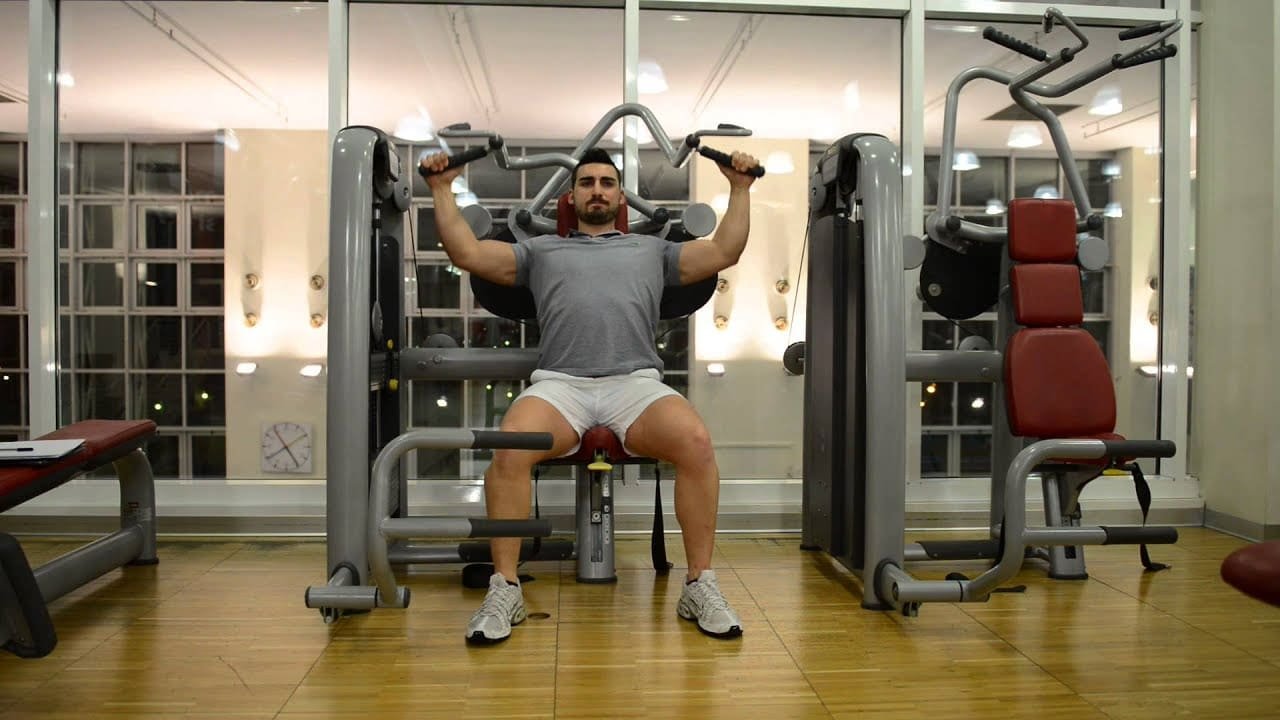
Recovery and Its Importance
Rest Days
Rest days are as vital as exercise days. They permit your muscle groups to restore and develop, decreasing the danger of overtraining injuries. Incorporate at least one or two relaxation days into your weekly routine for effective Strength Training Anatomy.
Sleep
Quality sleep is essential for muscle recovery and usual fitness. Aim for 7-nine hours of sleep according to night to ensure your body has sufficient time to recover from the day’s sports. Poor sleep can negatively affect your overall performance and recovery.
Active Recovery
Strength Training Anatomy Active restoration entails mild activities like walking, stretching, or yoga on relaxation days. These activities increase blood flow to muscle mass, helping to lessen discomfort and accelerate restoration.
FAQs about Strength Training Anatomy
Can I target precise muscle agencies on extraordinary days?
Yes, splitting your workout routines by muscle businesses, doing top body physical activities in the future, and doing lower frame sports, like every other, can be a powerful method.
How essential are nutrients for strength training?
Nutrition is crucial for strength education. Drinking sufficient protein, carbohydrates, and fat promotes muscle restoration and growth and provides the power needed for workouts.
What must I do if I hit a plateau in my strength schooling?
If you hit a plateau, try changing your exercise routine, increasing the burden you elevate, adjusting your repetitions and units, or incorporating new physical games to challenge your muscle tissues differently.
How can I avoid accidents all through power education?
To avoid accidents, remember to preserve the correct form, gradually grow weights, incorporate a good heat-up and cool-down routine, and be attentive to your body to save yourself from overtraining.
